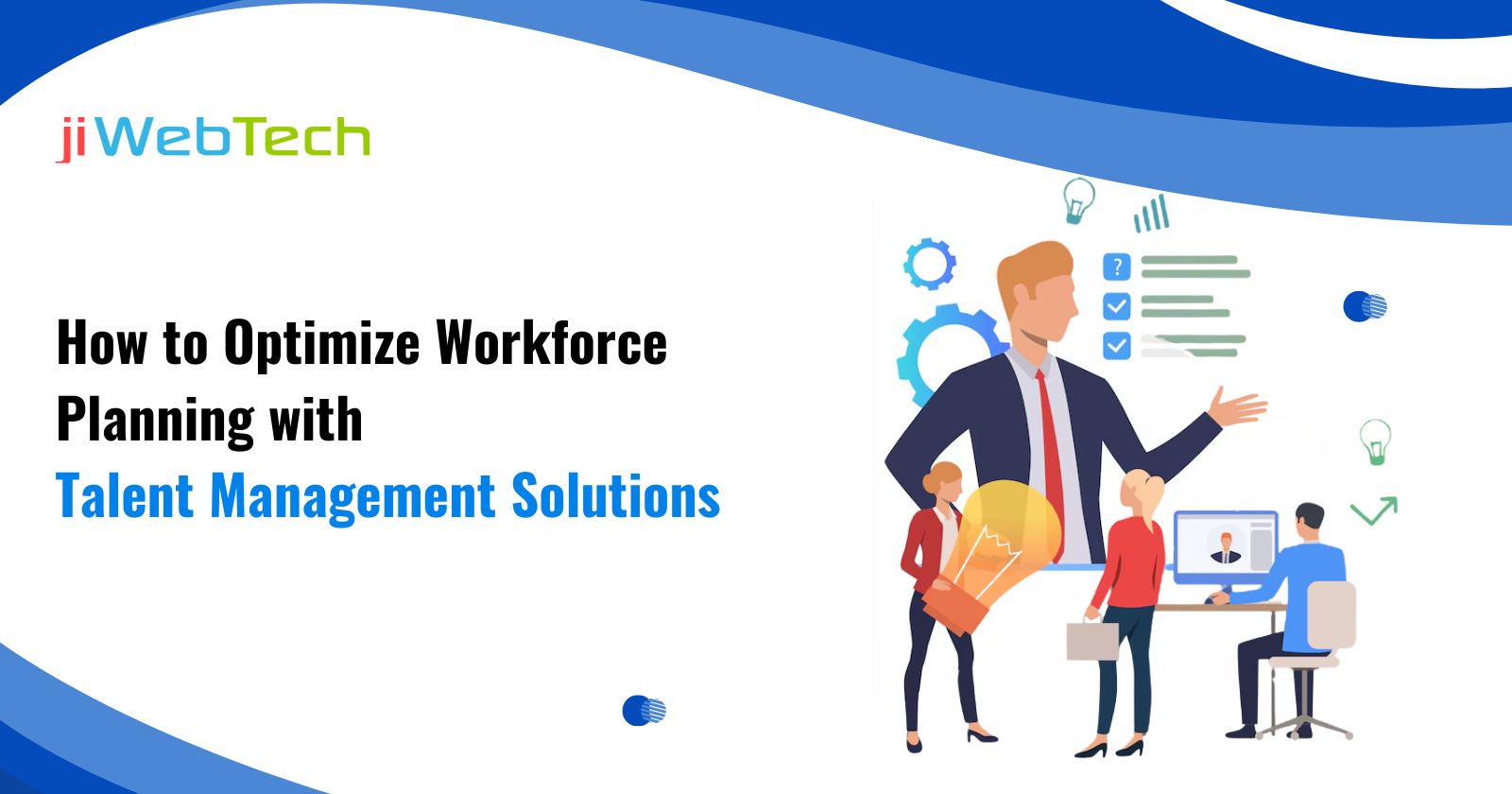Effective workforce planning is essential for organizations aiming to align their talent strategies with business goals. By leveraging talent management solutions, companies can enhance efficiency, forecast future workforce needs, and improve employee retention. This article explores how businesses can optimize workforce planning using advanced talent management solutions.
Understanding Workforce Planning
Workforce planning involves strategically analyzing and forecasting workforce needs to ensure that the right talent is available at the right time. It includes assessing current workforce capabilities, identifying gaps, and developing strategies to address future workforce challenges.
Key Components of Workforce Planning
Workforce Analysis: Assessing current workforce strengths and weaknesses.
Talent Acquisition Strategy: Aligning recruitment efforts with business objectives.
Succession Planning: Preparing for future leadership transitions.
Workforce Development: Implementing training and reskilling initiatives.
Performance Management: Ensuring employees meet productivity and performance expectations.
The Role of Talent Management Solutions
Talent management solutions (TMS) integrate various HR functions, such as recruiting, onboarding, performance management, learning, and development, to enhance workforce planning.
Benefits of Talent Management Solutions
Data-Driven Decision Making
Advanced analytics provide insights into workforce trends and future demands.
Predictive modeling helps in succession planning and skill gap analysis.
Enhanced Recruitment and Onboarding
AI-powered applicant tracking systems (ATS) streamline hiring.
Automated onboarding improves new hire engagement and retention.
Improved Employee Development
Learning management systems (LMS) facilitate continuous learning.
Personalized training programs boost skill development.
Succession Planning and Career Pathing
Identifies high-potential employees for leadership roles.
Provides clear career progression paths for employees.
Increased Employee Engagement and Retention
Performance management systems enhance feedback and recognition.
Employee engagement platforms foster a positive work environment.
Implementing Talent Management Solutions for Workforce Planning
Step 1: Assess Organizational Needs
Identify workforce gaps and future talent requirements.
Align workforce strategy with business objectives.
Step 2: Choose the Right Talent Management Solution
Evaluate features such as AI-driven analytics, cloud integration, and mobile accessibility.
Ensure the solution supports customization and scalability.
Step 3: Integrate Talent Management with HR Systems
Seamless integration with existing HR software enhances data consistency.
API connectivity enables real-time workforce insights.
Step 4: Leverage Workforce Analytics
Use predictive analytics to identify hiring trends and skill shortages.
Implement workforce forecasting to anticipate future talent needs.
Step 5: Foster a Culture of Continuous Learning
Invest in upskilling and reskilling programs.
Encourage employees to take advantage of learning management systems.
Step 6: Monitor and Adjust Strategies
- Regularly review workforce planning strategies to ensure alignment with business goals.
- Use key performance indicators (KPIs) to measure success and make necessary adjustments.
Conclusion
Jiwebtech Optimizing workforce planning with talent management solutions enables organizations to stay ahead in a competitive market. By leveraging advanced HR technologies, businesses can enhance talent acquisition, improve employee engagement, and drive long-term workforce sustainability. Investing in the right talent management solution ensures a resilient and future-ready workforce.
FAQs
1. What is workforce planning, and how does it relate to talent management solutions?
Workforce planning is the strategic process of analyzing, forecasting, and aligning an organization’s staffing needs with its business goals. Talent management solutions enhance this by providing tools to recruit, develop, and retain employees, ensuring the right skills and talent are available to meet current and future demands.
2. How can talent management solutions improve workforce planning?
Talent management solutions offer data-driven insights, such as skills gap analysis, succession planning, and performance tracking. These tools help organizations anticipate staffing needs, optimize resource allocation, and build a resilient workforce capable of adapting to change.
3. What features should I look for in a talent management solution for workforce planning?
Look for features like:
Analytics and Reporting: To forecast workforce needs and track KPIs.
Skills Inventory: To map employee skills and identify gaps.
Succession Planning: To prepare for leadership transitions.
Learning Management: To upskill employees for future roles.
Integration: To sync with HR systems for seamless data flow.
4. How do talent management solutions help with skills gap analysis?
These solutions assess current employee skills against organizational needs, identifying gaps through performance reviews, competency frameworks, and predictive analytics. This enables targeted training and hiring strategies to close those gaps.
5. Can talent management solutions support remote or hybrid workforce planning?
Yes, modern solutions include features like virtual collaboration tools, remote performance tracking, and flexible scheduling. They help organizations manage distributed teams effectively while maintaining alignment with business objectives.















Share this post on: